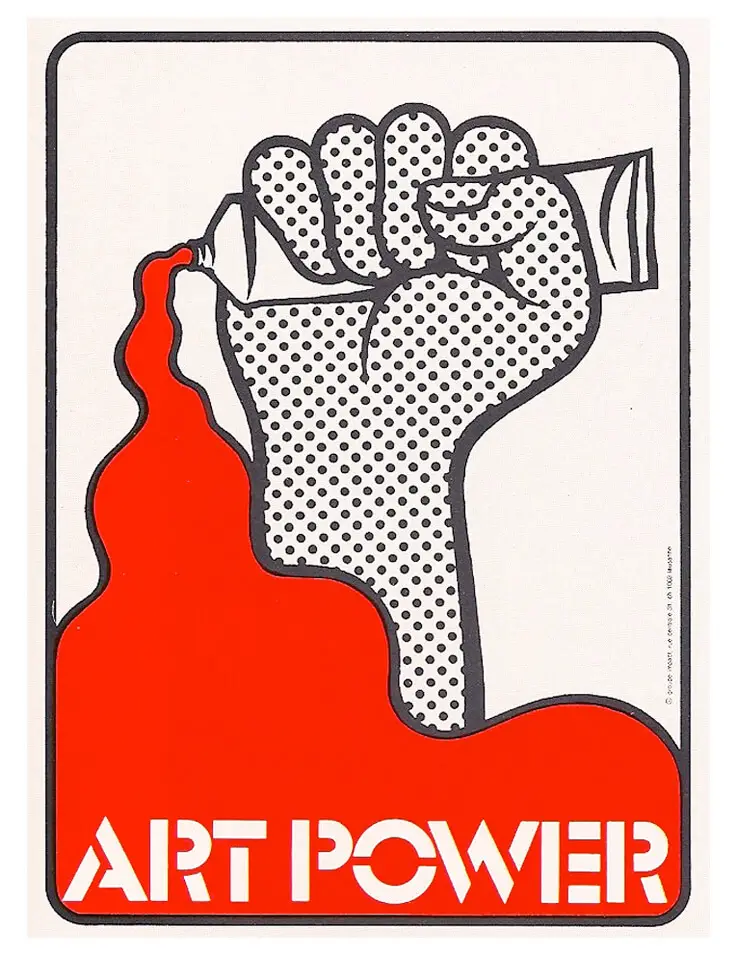Exploring the Elegant World of Art Nouveau

Art Nouveau, characterised by its sinuous lines and organic forms, emerged as a defining artistic movement in the late nineteenth century, permeating the realms of visual arts, architecture, and design. This harmonious union between aesthetics and functional application defines its distinct style and sets it apart from previous artistic endeavours. Born out of a solid foundation of socio-political changes, scientific discoveries, and artistic innovations of the time, Art Nouveau transcends traditional boundaries, making it a fascinating subject of exploration.
Art Nouveau: Origins and Influences
The Intricate Dance of Art Nouveau: Origin & Influences
Embarking on a journey through epochs past, our imagination encounters quite the visual feast, enamoured by a style once dubbed ‘new art’ – Art Nouveau. A captivating dance between the organic and the ornate, Art Nouveau brazenly stepped away from the past’s tightly gripped artistic traditions.
Originating primarily throughout Europe during the late 19th and early 20th centuries, Art Nouveau emerged as quite the avant-garde showcase. Challenging age-old norms, this artistic revolution weaved its colourful tapestry with sinuous lines, mesmerising patterns, and abstract beauty. But how did this unique style come to life and who or what nudged its beginnings?
In the heart of the ebbing Victorian era, a distinct hunger for change stirred. Industrialisation stared traditional art in the face, sparking talks of a unique expression – something fresh, modern, and most importantly, ‘novel’. The seeds for Art Nouveau were sown during the 1880s, cultivating a desire to fuse all forms of art – fine art, graphic work, and decorative crafts.
Art Nouveau was an interdisciplinary style. It transcended a mere aesthetic canon, uniting architecture, interior design, jewellery, furniture, textiles, glass art, print media, and even film. This universality and holistic approach enriched a time otherwise groaning under the weight of the industrial revolution.
Titans in the field, such as Alphonse Mucha, Aubrey Beardsley, and Gustav Klimt, allowed Art Nouveau’s core mantra – ‘art for art’s sake’ – to flourish. Their influences seeped into the style with a completeness and clarity that enchanted beholders far and wide.
Enlightenment was perhaps the greatest influence of Art Nouveau’s creators. They sought to emancipate the arts from established principles, creating a symbiosis of freedom and function. Evolving from this insight, Art Nouveau’s defining features shaped a genuinely harmonious marriage between object and ornamentation.
The Plantin-Moretus Museum in Antwerp holds rare books and manuscripts that trace Art Nouveau. The ‘Four Flowers’ motif by Jean Baptiste Van Moer sprouted into a beautiful example of this rare fusion between aesthetics and function. Here, every object was a work of art, and every canvas a utilitarian masterpiece.
The provocative sensuality found in Hellenistic sculptures and the exotic aesthetics of Japanese woodblock prints, known as Ukiyo-e, further honed Art Nouveau’s roots. It elevated to a union of East and West, landing itself a global appeal that transcended national boundaries.
Mackintosh’s Glasgow School, Gaudi’s Barcelona, and Horta’s Brussels reveal the extensive geographical footprint of Art Nouveau. This often lauded ‘Total Work of Art’ provided an unforgettable stylistic expression that continues to enchant even today.
While envisaging Art Nouveau’s influences, imagine stepping into an otherworldly painting – every stroke on the canvas echoing nature’s mystique, every curve and line invoking deeply aesthetic emotions. This compelling movement affirmed that art was not an elitist privilege but a universal language that spoke directly to the human senses and spirit. Art Nouveau, born out of a singular vision and inspired by a myriad of influences, was indeed a symphony of the ‘new’, harmonising the rhythm of innovation with the melody of tradition.
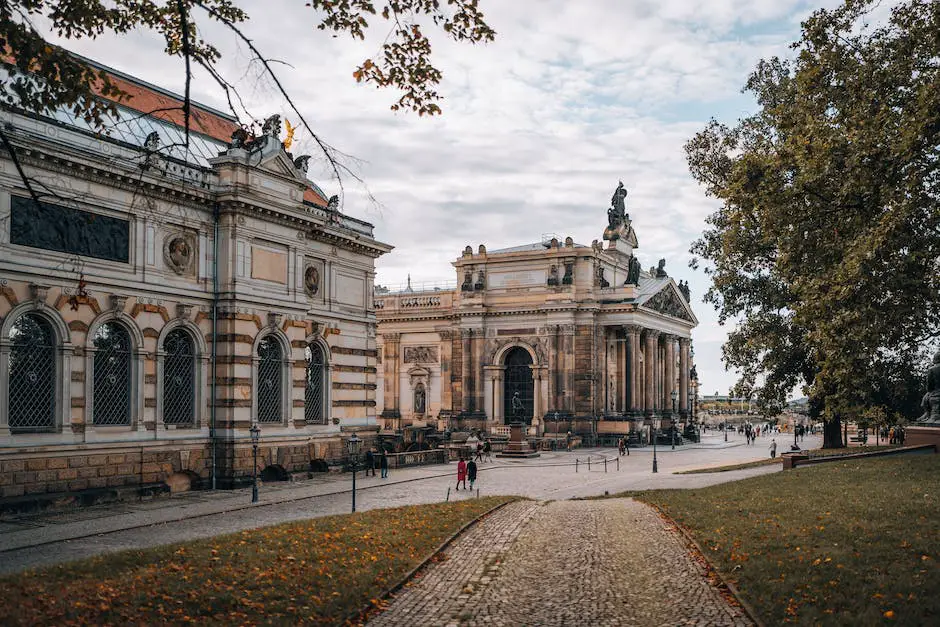
Defining Features of Art Nouveau
Soaring pervasively beyond basic principles, Art Nouveau sings an ode to design and innovation. Revolutionising not just how art was made, but how it functioned within daily life and society, it carved a distinct artistic niche of its own.
A significant characteristic that sets Art Nouveau apart is its holistic approach to art and design. The movement didn’t merely imply a different aesthetic or technique, but sought to transform all facets of visual culture, right down to the most mundane objects. Everything was drenched in the Nouveau style, from jewellery and furniture to book covers and building facades. In echoing this pervasive unity of design, Art Nouveau truly reflects the ‘total art’ ethos.
An element that radically differentiates Art Nouveau from its contemporaries is the apparent fluidity and organic movement in its aesthetic. Inspired by the meandering tendrils of bountiful plants or curling waves, this motif adds a fluid, rhythmic dynamism that springs the artwork to life. This potent force of nature-inspired design illuminates Art Nouveau’s ethos of returning to organic, expressive forms.
Adorned with elongated, sinuous lines and bold shapes that seem to dance upon the canvas, the Art Nouveau style exudes an ethereal elegance. It tiptoes that delicate line between abstraction and surreal realities, gliding seamlessly between the twain. Yet, in its abstraction, it still echoes the natural world, capturing its essence rather than its exact form.
Colour, too, became a defining instrument in the Art Nouveau palette, distinguished from the muted tones of the classically learned artists. Bold, vibrant hues danced across vitreous enamels, stained glass, ceramics, and other unconventional mediums. No other art style flirted so coquettishly with such bold use of chromatic impression.
Art Nouveau redefined the principles of ornamentation. In its aim to dethrone the aristocratic exclusivity of art, it introduced furniture, facades, books, and jewellery decked out in Nouveau style. Thus began the democratisation of art, translated into functional everyday objects, making beauty both affordable and accessible to the masses.
Also noteworthy is the influence of new technologies and materials that coloured the Art Nouveau canvas. Iron, glass, and ceramics, among others, became means of weaving visual narratives unheard of before. A fascinating aspect is the adaptation of these materials to mirror the serpentine, natural forms distinctive of the movement, bridging the gap between natural forms and modern manufacturing techniques.
Art Nouveau not only opened up the narrow corridors of the art world to an expansive landscape of abstraction and interpretation, but it also infused in their spectators the capacity to take delight in beauty and elegance. It stood as a testament to art’s role in society, as a tool for harmony and a catalyst for joy, reaching skies beyond trite illustration or sterile ornamentation. This movement, in every sense, was a renaissance of the universal human experience that truly straddles creativity and tradition. The air around Art Nouveau still hums with its audacious echo, shaping artistic ventures even to this day.

Art Nouveau in Various Mediums
Art Nouveau, a deeply significant evolution in the creative world, was the first style to cut across the boundaries of the art tradition, delving into nearly all mediums – be it graphics, glass, ceramics, textiles, or jewellery, it made its presence felt in all. The style didn’t restrict itself to serving as a mere aesthetic delight; it moved beyond and became an integral part of daily life, represented in decorative furnishings and architectural elements.
During the zenith of Art Nouveau in the late 19th and early 20th centuries, society witnessed a blurring of boundaries between the fine arts and the decorative ones. Herein, an avant-garde artist could transform their work into textiles and wallpapers; this was previously unheard of in traditional art circles.
For example, Guimard’s Paris Métro entrances, stylised with undulating ironwork lattices, or Tiffany’s glassworks – their lamps showcasing the organic forms, flowing lines and vibrant colours characteristic of Art Nouveau, became manifestations of art in everyday life. These creations weren’t merely functional objects but pieces laden with artistic sensibilities, symbolising the democratisation of art through the utilisation of functional objects.
The development of new materials and technologies had a lasting impact on Art Nouveau. Techniques like glassblowing breathed life into the creation of incredible stained glass, hence transforming how light was perceived and used in art. This freedom to experiment with materials led to designs that unified aesthetics and function, exemplifying the Art Nouveau mantra of an intertwining of life and art.
Art Nouveau became the visual language of an era that believed in humanity’s capacity for harmony, joy, and beauty. This collective consciousness is embodied in objects d’art like jewelled brooches and enamelled vases, as well as architectural marvels such as the Glasgow School of Art or the grandeur of the Palau de la Música Catalana in Barcelona.
This creative revolution, unlike previous artistic movements, was visionary in its holistic approach. Each piece that bore the Art Nouveau stamp had an organic completeness to it, be it graphics, jewellery, or architectural marvels. This style wasn’t about simple embellishment but more a journey into the intricacies of symmetry, asymmetry, and the kinship between lines, curves, forms, and colours.
Art Nouveau brought a new perspective to the world – it captured the essence of the human experience within the folds of its unique aesthetics. Through its abstraction and surreal realities, this movement changed the way society looked at the arts and paved the way for more innovative and bold creative periods. For it was no longer just fine arts or the decoratives; in the age of Art Nouveau, art was life and life was art.
The legacy of Art Nouveau continues to inform and inspire creative minds today, reminding us that art knows no bounds and can seamlessly make itself at home across various platforms. This movement truly epitomizes the spirit of a universal human experience, one that is as innovative as it is deeply rooted in the traditional.
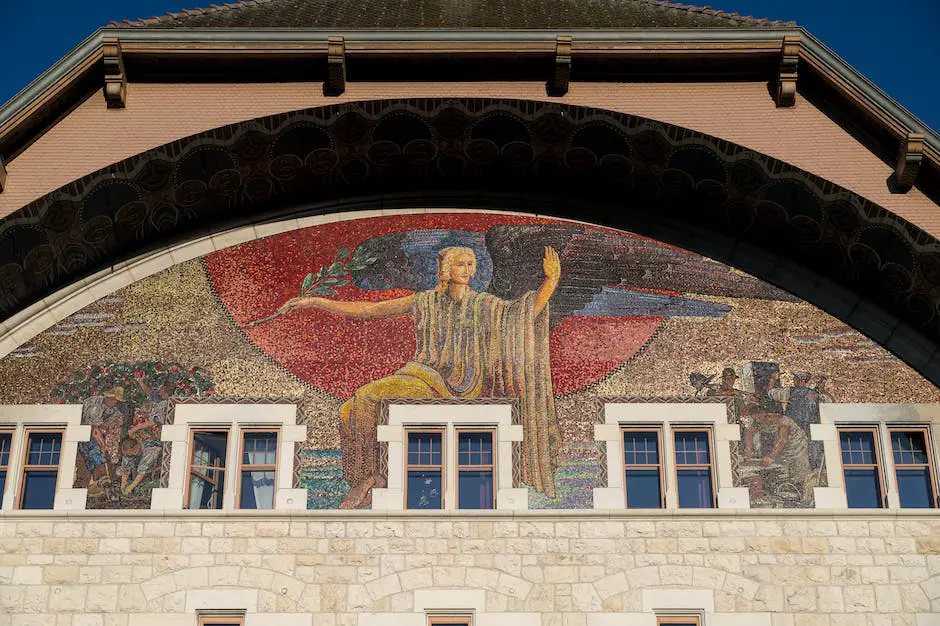
Influential Artists and Their Works
Delving further into the realm of influential artists within the Art Nouveau movement, perhaps no conversation would be complete without the mention of Hector Guimard and Antoni Gaudi. Guimard, one prolific name associated with this creative revolution, stylishly embedded Art Nouveau into the heart of Paris. His noteworthy contribution, the Paris Métro entrances, became an artistic marvel reverberating the signature traits of Art Nouveau – organic contours amalgamated with intricate detailing. Under his deft touch, these metro entrances relinquished their utilitarian identity to become symbols of artistic expression and civic pride.
On the other side of the spectrum, the work of Antoni Gaudi, potent with psychedelic curvatures and asymmetric forms, echoed the essence of Art Nouveau in the architectural realm. Gaudi’s magnum opus, the indomitable Sagrada Familia, is one of the finest examples of Art Nouveau’s permeation into architecture. Asserting Gaudi’s unassailable place within this sea of artistic innovation, the Casa Batlló, Park Güell, and Casa Milà vividly capture the fusion of architecture with artistic expression.
In the realm of jewellery design, the masterpieces of René Lalique hold a particular significance. Lalique’s work dismantles the conventional limits of jewellery-making, championing the era’s exploration of nouveau materials and techniques. The signature brooches, pendants, and decorative objects bear the hallmark of organic motifs, gracefully inheriting the vivacious palette of Art Nouveau.
A name indelibly recorded in the annals of Art Nouveau glassworks would be that of Louis Comfort Tiffany. Tiffany’s stained glass windows, lamps and decorative objects radiate the vibrant hues and naturalistic patterns characteristic of the movement. His creative exploration of opalescent glass greatly influenced the decorative arts scene and contributed to democratizing art through functional everyday objects.
For the purveyors of graphic arts, the work of Eugène Grasset sings harmoniously with Art Nouveau aesthetics. Notably, his poster art, exuding whimsical typography and teeming with organic themes, speaks forcefully of the creative audacity prevalent in Art Nouveau. It paints a riveting picture of this golden era when art broke boundaries, blurring the demarcation between the functional utilities and aesthetic pleasure.
Finally, the name of Émile Gallé deserves mention. Gallé, known for richly decorated glassworks and furniture, intensified the play of light and form through his innovative glass techniques, leading to delightful symphonies that propagated Art Nouveau’s doctrine of beauty and purpose.
An exploration into the influential names within the Art Nouveau movement surely invites awe at the vast creative landscape sculpted by these artisans of imagination. They bid adieu to the conventional, embarking on a journey that celebrated the inherent beauty of the natural world, embellished everyday life, uplifted societal perceptions and above all, remind us of art’s timeless rhetoric in the symphony of human expression. Their legacy forever whispers in the winds of contemporary creativity, a testament to Art Nouveau’s eternally resonating voice.
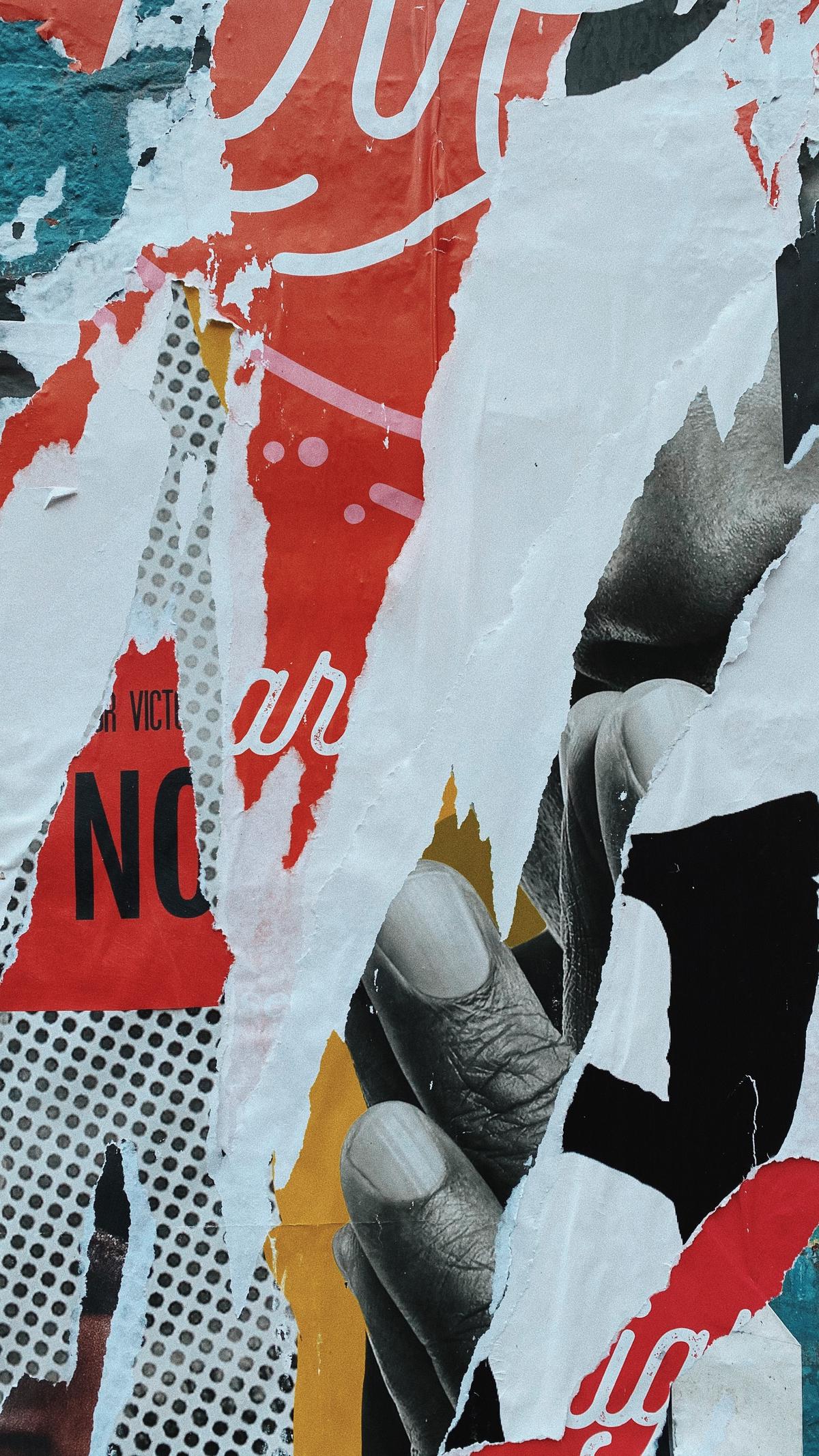
Photo by jazminantoinette on Unsplash
Art Nouveau’s Legacy and Influence on Modern Art
Delving further into the exploration of Art Nouveau, its enduring appeal to the public and the art community alike lie in the celebration of the harmonious connection between human life and nature. Images of irises, lilies, vines, and other nature-inspired motifs took centre stage, weaving a fantastical narrative, and affirming its daring departure from the gritty realities capturing most art produced during this span. Art Nouveau breathed life into a world suffocated by mechanisation, through a profound affinity with the regenerative spirit of nature.
This bond with nature was a rebellion against the Industrial Revolution, which threatened to erase the beauties of natural life with its overwhelming smokestacks and factories. Art Nouveau, with its delicate tendrils, exquisite foliate patterns, and sinuous contours, represented the resiliency of the natural world amidst the harsh realities of industrialisation.
Interestingly, this style evolved synchronously with the dramatic shifts in societal and cultural frameworks towards the end of the 19th Century. As modernism dawned and the traditional hierarchies of the High Arts began to dissolve, modes of visual pleasure broke away from the realm of the privileged. Art Nouveau stretched the limits of the everyday, enriching average lives with glimpses of beauty in the most unexpected places, underscoring the democratisation of art.
Extending this thought to modern times, the traces of Art Nouveau can be noted through continued stylisations of organic motifs and curvilinear designs, graphic design, fashion, architecture, and more. Projected as more than just a decorative style, its influence permeates through the fabric of today’s society and culture, in the way it shapes visual communication and cultural identities, advocating for an integrated art-life relationship – an idea central to contemporary aesthetics.
Perhaps the most significant gift bestowed by Art Nouveau lies in its broad spectrum applicability; its ability to breathe life into tedious monotony, bestowing uniqueness upon mundanity. It could be as simple, yet striking, as an intricately adorned door handle or a vividly illustrated book cover, right through to an elaborately designed piece of furniture or even the structure of a building.
Furthermore, Art Nouveau’s influence on modern designers like Philippe Starck and Antonio Gaudi manifests in interiors that effortlessly blend the exterior environment with interior decoration, a principle associated with the Art Nouveau era. Its impact can also be seen in modern graphic design, with artists like Shepard Fairey utilising intricate lines, bold colours, and organic shapes reminiscent of the Art Nouveau era.
While the Art Nouveau era was relatively short-lived, it was a powerful, counter-establishment shockwave that forever redefined the concept of art and its role within society. The echoing of the Art Nouveau ethos resonates even today, serving as a source of inspiration for modern artists, architects, and designers who continue to reject industrialisation’s soulless efficiency in favour of artistic freedom, creativity, and the pursuit of aesthetic pleasure.
To this effect, while Art Nouveau was undoubtedly a product of its time, its ideals are timeless. The creative rebellion it fostered and the enduring legacy it left behind prove how this specific juncture in history, resonating with today’s ever-evolving art world. Indeed, Art Nouveau continues to movement with genius sways, showcasing how art, design, and the human hand’s craft can transform everyday moments into thrilling stories of beauty and grace.
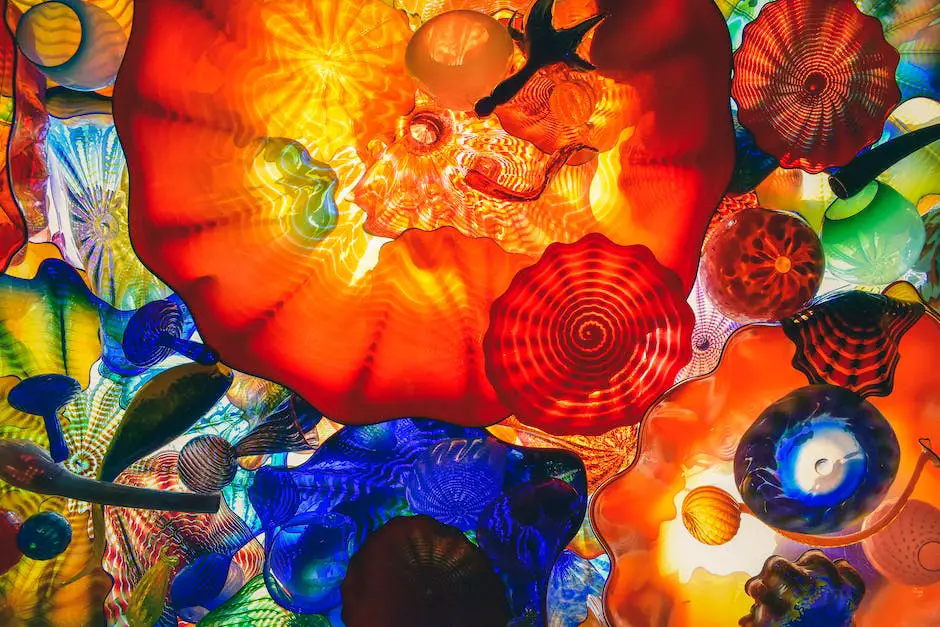
While Art Nouveau was short-lived compared to some artistic movements, its indelible mark on the world of arts and design remains evident. Through the works of its key exponents and its adaptations across diverse mediums, it continues to resonate within the broader cultural framework. The lasting influence of Art Nouveau’s exquisite detailing, vibrant colours and revolutionary ideas, demonstrate how art movements transcend time, forming an integral part of our shared cultural history and influencing a myriad of successive styles, particularly those of Art Deco and Modernism. Indeed, the legacy of Art Nouveau is a testament to its enduring relevance in the present day.
Recommend0 recommendationsPublished in Art History





